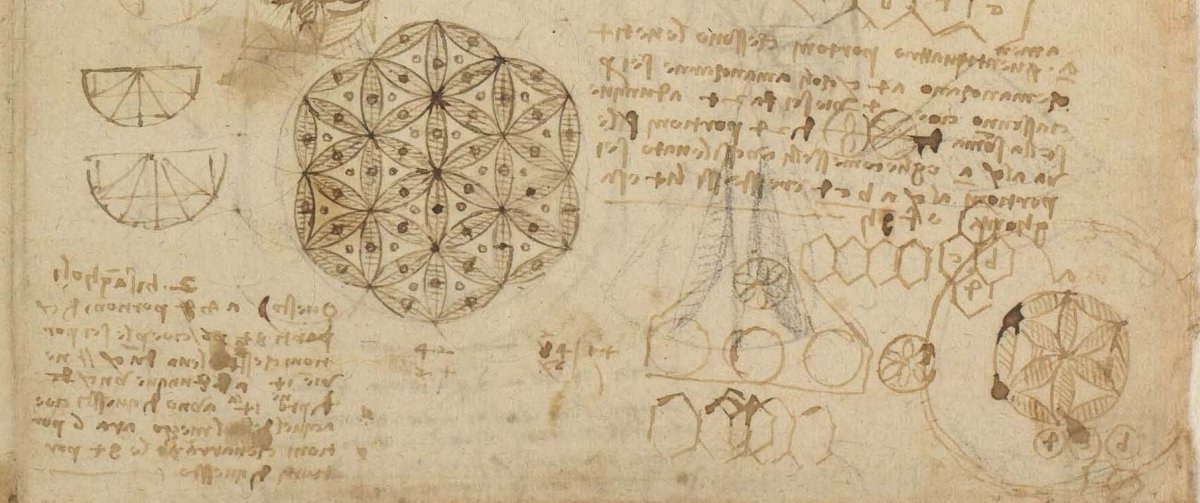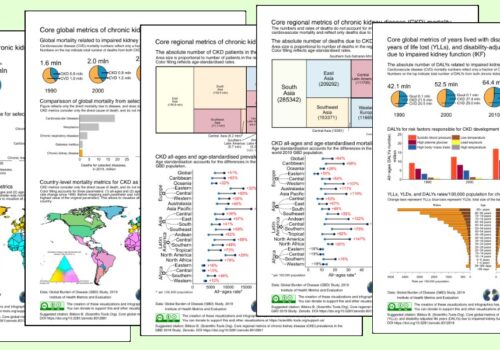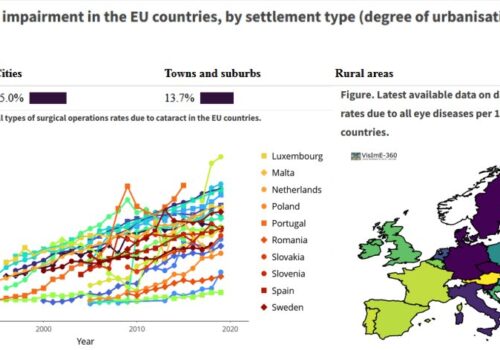Scientific research includes different aspects, with the manuscript preparation being one of the most crucial tasks. Based on the quality of the manuscript, the Editor and Reviewers recommend either to accept, revise, or reject it. Of note, the majority of manuscripts are rejected after submission because the quality is not sufficient for the selected journal. This negative decision could be based on inadequate data analysis, inappropriate results presentation, English language issues, or other factors. Scientific-Tools.Org staff provides a service for manuscript revision before submission, carefully checks all aspects of the initial draft, provides recommendations for manuscript improvement. Moreover, we can help to correct the English language, to present the results in an appropriate way, to assist in drafting all manuscript sections, and to prepare figures and tables. Feel free to contact us for a preliminary consultation about the manuscript revision.
Below we present a real example of manuscript revision and provision of recommendations for manuscript improvement. Based on this, the authors could decide how they would like to proceed, and whether they will implement necessary corrections by themselves or will ask us to help. This pre-submission revision allows to substantially improve the manuscript quality, save time during the revision process, and implementation of corrections greatly increases chances for acceptance in highly ranked journals.
Scientific-Tools.Org will never share confidential information without explicit agreement of all parts. Because of this, for the following example we have chosen one of the already published manuscripts that we have never managed before.
The manuscript of *** and co-authors presents the results of 100 deantigenated equine bone (DEB) grafts placement in 81 patients with the implantation of 147 prosthesis. The authors applied three modalities of DEB grafts placement (blocks, granules with sinus lift, and granules with guided bone regeneration) and analyzed early and late graft failures during the 3 years follow-up. The results obtained in three private clinics are interesting to evaluate the real-world DEB grafts effectiveness. However, the manuscript requires multiple improvements (including the need for correct calculation of p-values) and should be substantially revised for satisfying the publication standards.
- In the Abstract:
- In the “Results”:
- Please use consistently the “complication rate” term, because its variation to the “failure rate” leaves some doubts on whether the same outcome is considered.
- Please put the p-value after the part of the phrase “The overall failure rate was 25% in the GBR procedures, 31.9% in sinus lift, and 54.3% with blocks”.
- Please rephrase the “A statistically significant relation was detected with respect to graft type and early complications (p = .005), with a worse outcome for DEB blocks compared to granules.” to make it more precise, to something like “Early complications rate was higher in DEB blocks compared to granules (p = XX).” Please note that the reported in the text p-value does not reflect the real p-values obtained during the chi-square test (see the notes regarding Tables 2 and 3).
- Please put the leading “0” in all p values in the abstract and elsewhere (“0.005” instead of “.005”), if the opposite is not required by the journal.
- Move the phrase “The follow-up period was 3 years after surgery.” in the “Methods”.
- Overall, the “Results” could be enhanced by other numerical findings presented in the manuscript and partially presented in the “Conclusions”.
- In the “Results”:
- “Introduction”: Please rephrase the “a retrospective study was designed to evaluate the complication rate and factors influencing graft outcome in a large series of patients” to better reflect the design of the study, to something like “we performed a retrospective analysis to evaluate the complication rate and factors influencing graft outcome in a large series of patients”.
- “Materials and methods”:
- In Table 1, in addition to the number of surgeries, please include the number of implants for each row.
- In Table 1, it would be better to exclude the column with the total number of performed surgeries, or provide for it an explicit column name.
- In the “Onlay/Veneer Bone Block”, it would be better to specify the exact trademarks of the provisional prosthesis placed 4 months after healing and definitive prosthesis placed after another 4 months. The indication of trademarks of the provisional and definitive prosthesis would also be beneficial for the subsections “GBR Procedures” and “Sinus Lift Procedures”, because the prosthesis failure could be related not only to the type of DEB grafts but also to the prosthesis implanted.
- In “Bone Sampling”, the authors stated “Biopsy samples were performed on pathological areas only”, please indicate the criteria for classification of an area as pathological.
- Please provide a clear definition of “failure” and a complete list of studied complications.
- “Results”
- Major: In Table 2: the Pearson chi-square test is not calculated correctly. The chi-square statistic is 0.0052, corresponding to the p-value 0.942432. Thus, the result is not significant at p < 0.05. In the opposite, the table’s footnote incorrectly indicates “Pearson chi-square test p = .005.”
- Major: In Table 3: the Pearson chi-square test is not calculated correctly. The chi-square statistic is 0.0141. The p-value is 0.905613. The result is not significant at p < 0.05. In the opposite, the table’s footnote incorrectly indicates “Pearson chi-square test p = .014”.
- In the text, the phrase with the reported complications rates “The overall failure rates were 25% in the GBR procedures, 31.9% in the sinus lift, and 54.3% with the use of DEB blocks” refers to Tables 2 and 3. While these tables allow to calculate the early and late complication rates, they do not contain the data for different graft placement procedures (blocks, granules with sinus lift, and granules with guided bone regeneration).
- Major: Please provide a separate table indicating numerical values for each graft placement procedure with the indication of early, late, and post prosthesis placement complication rates. Please indicate in this new table the overall complication numbers and rates, as well as distinct complication reasons (persistent pain, graft removals, etc). This would allow to shorten the text and to provide a more complete picture for readers, including the distribution of each complication over the grafts placement procedures. Please provide in the same table the number of patients and the number of prostheses lost after provisional prosthesis restoration or failed after definitive prosthesis delivery.
- Major: The paragraph “A statistically significant relation was detected between graft type and early complications (p = .005) with a worse outcome for DEB blocks compared to granules (Table 2). Female patients had a poor outcome in the late postoperative period (p = .14) (Table 3).” does not reflect the real p-values obtained during the chi-square test (see the notes regarding Tables 2 and 3) and thus provides a completely opposite conclusion.
- Please consider moving the description of complication treatment (contained after the “Complications were treated as follows” phrase) from the “Results” to the “Methods”.
- The objectives of the study contain the evaluation of several variables on the outcomes “(i.e., surgeon, gender, graft type, site, and smoke)”, as stated by the authors. The “Results” does not contain any data on surgeon, site, and smoke factors for the outcome.
- Please consider the use of Kaplan-Meyer analysis to reflect the most clinically significant late complications (prosthesis lost after provisional prosthesis restoration or failed after definitive prosthesis delivery) in patients treated by the three grafts placement procedures (blocks, granules with sinus lift, and granules with guided bone regeneration) or shorten Kaplan-Meyer analysis only to two groups (blocks vs granules).
- Considering that the literature data discussed by the authors suggest higher failure rates in the posterior mandible, the location of the DEB implantation should be considered in the performed analysis and presented in the “Results”. In the “Discussion” the authors stated “The high rate of failure in our cases occurred equally in the posterior mandible and posterior or anterior maxilla.” but these data have not been provided in the “Results”.
- Even if the intervention numbers for each subgroup are small, please provide the results of the multivariable analysis with the inclusion of all proposed factors (surgeon, gender, graft type, site, and smoke), as well as patient age, presence of diabetes, single or multiple prosthesis implantation, location of the DEB implantation, etc.
- Please indicate clearly how many histological analyses of tissue fragments have been performed.
- “Discussion”:
- Please correct some phrases for clarity (for example, “This is worrying as late complications are probably unrelated to surgical contamination.”, “to highlight when using this kind of material”)
- The authors refer to other studies with grafts use, but rarely indicate the overall complication rates in these studies. Actually, only for one study the authors provided a success rate that is reciprocal to the failure rate (“Another study19 reported an overall block allograft success rate of 79.3%.”)
- Major: The authors found that in their analysis “the overall failure rates were 25% in the GBR procedures”, but in the “Discussion” stated that “Data from the present study showed that GBR procedures had a much lower failure rate than other literature reports”, while in the previous sentence in the “Discussion” provides the data that “From literature data, it can be estimated that 9% to 17% of GBR procedures with autologous bone and nonresorbable titanium-reinforced membrane will not be completely successful.20–24”. 25% is higher than 9-17%, and thus the conclusion should be completely the opposite to those made by the authors.
Image courtesy: Pinacoteca Ambrosiana





Comments (0)